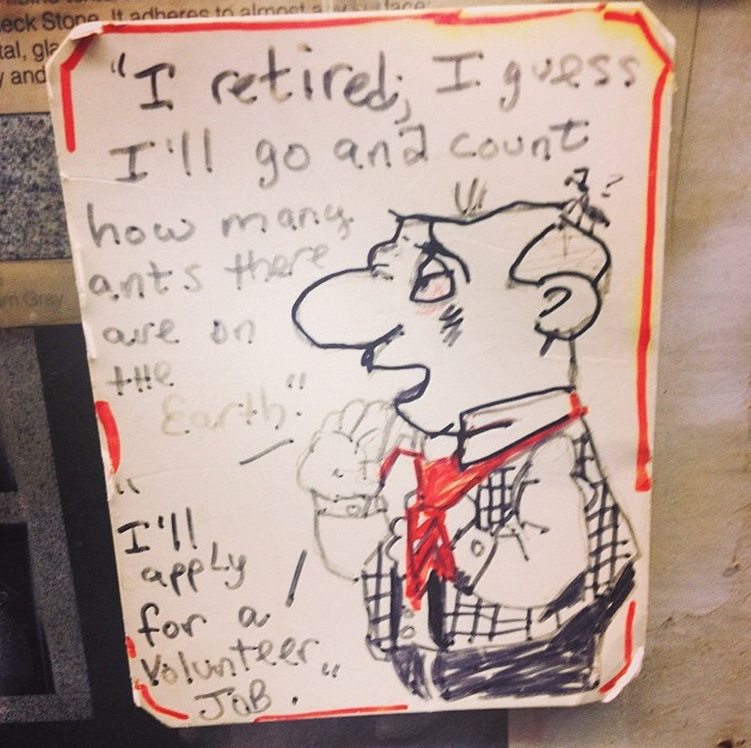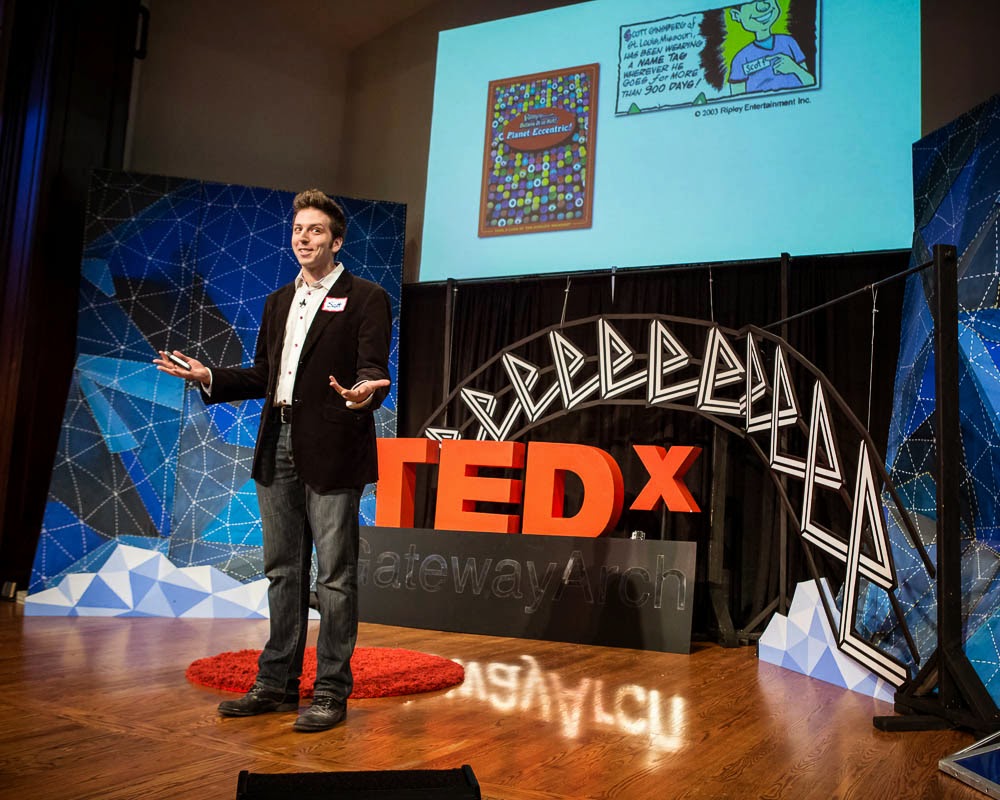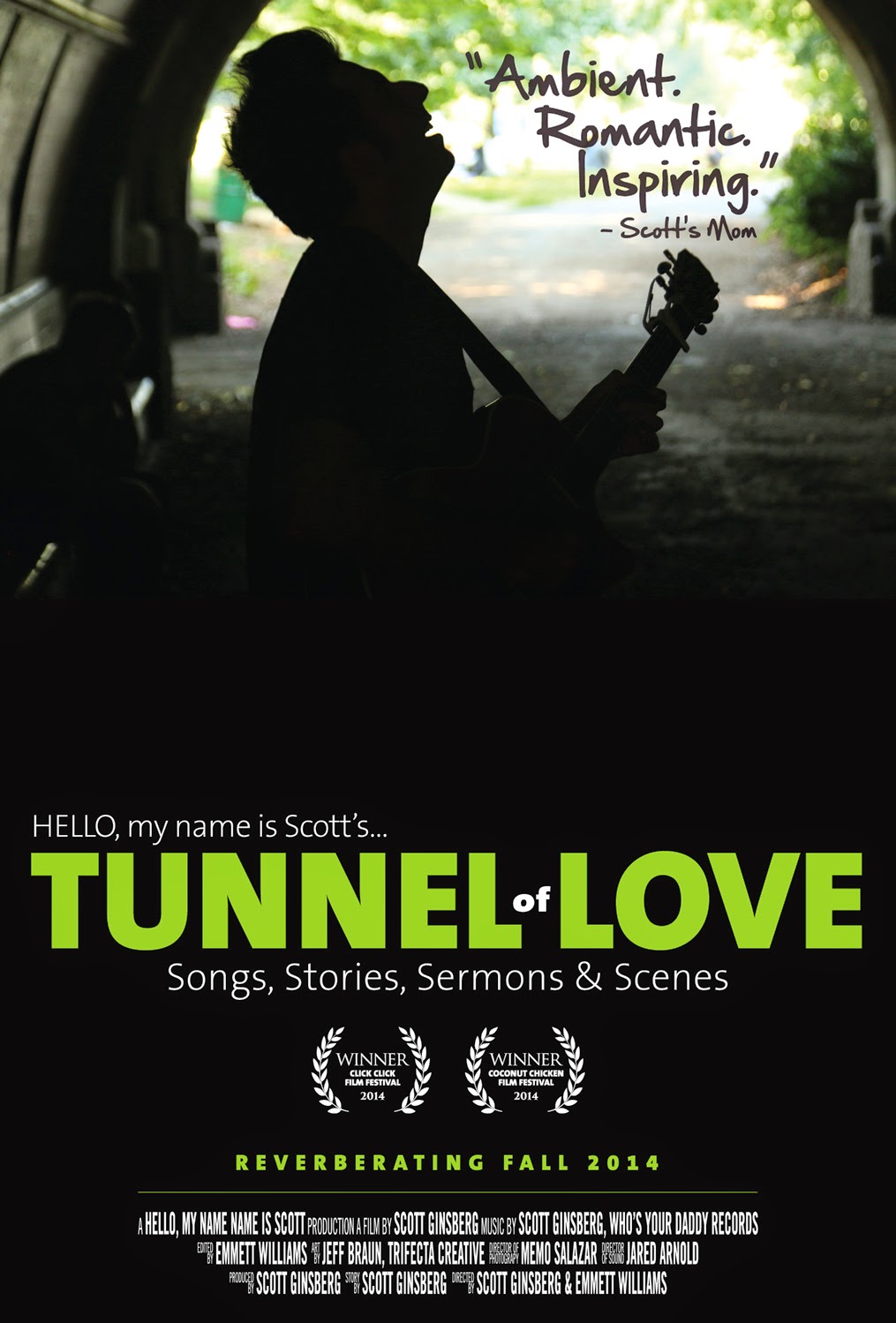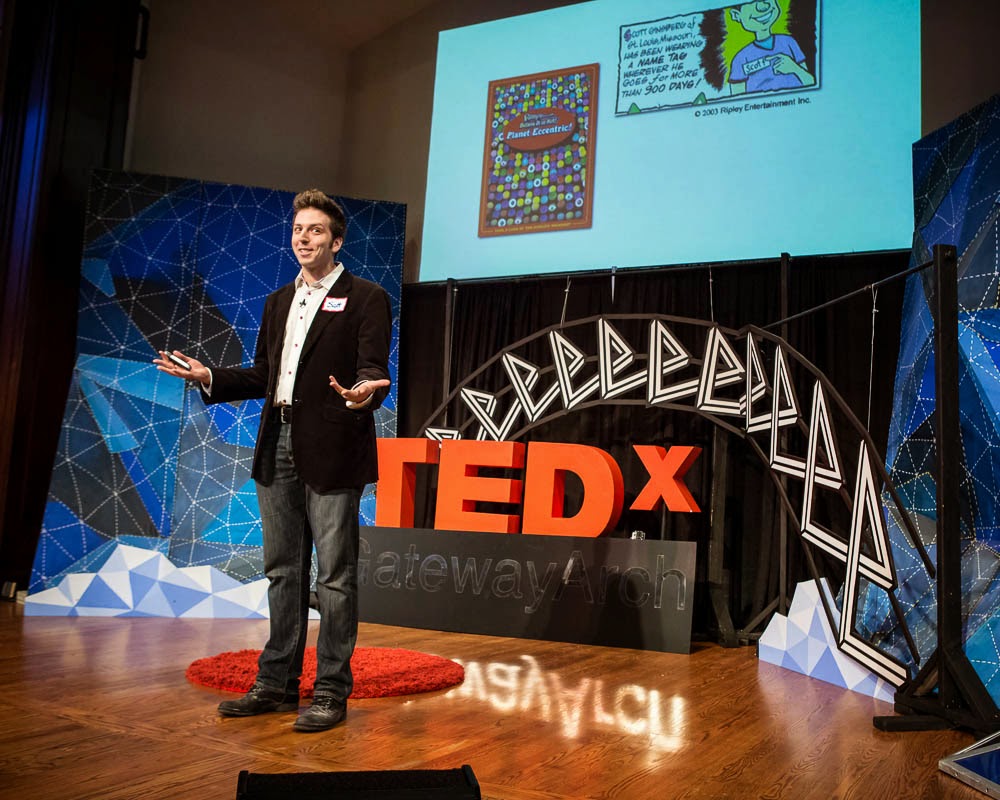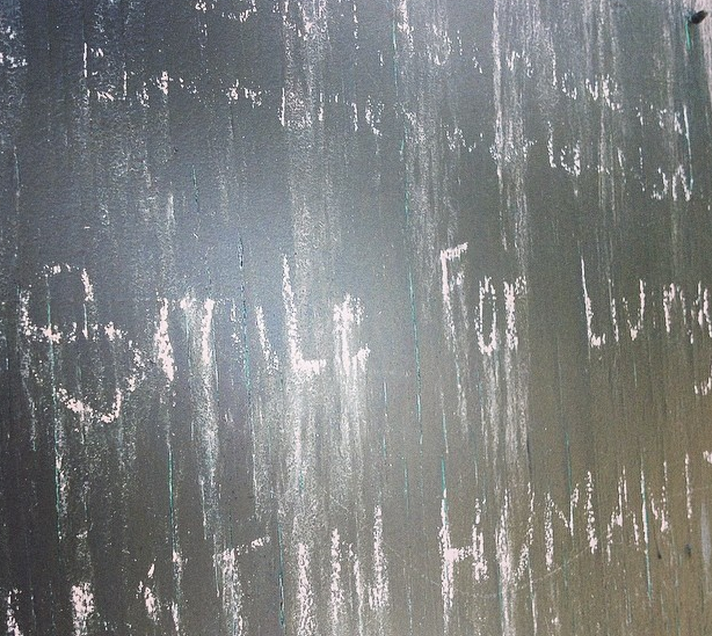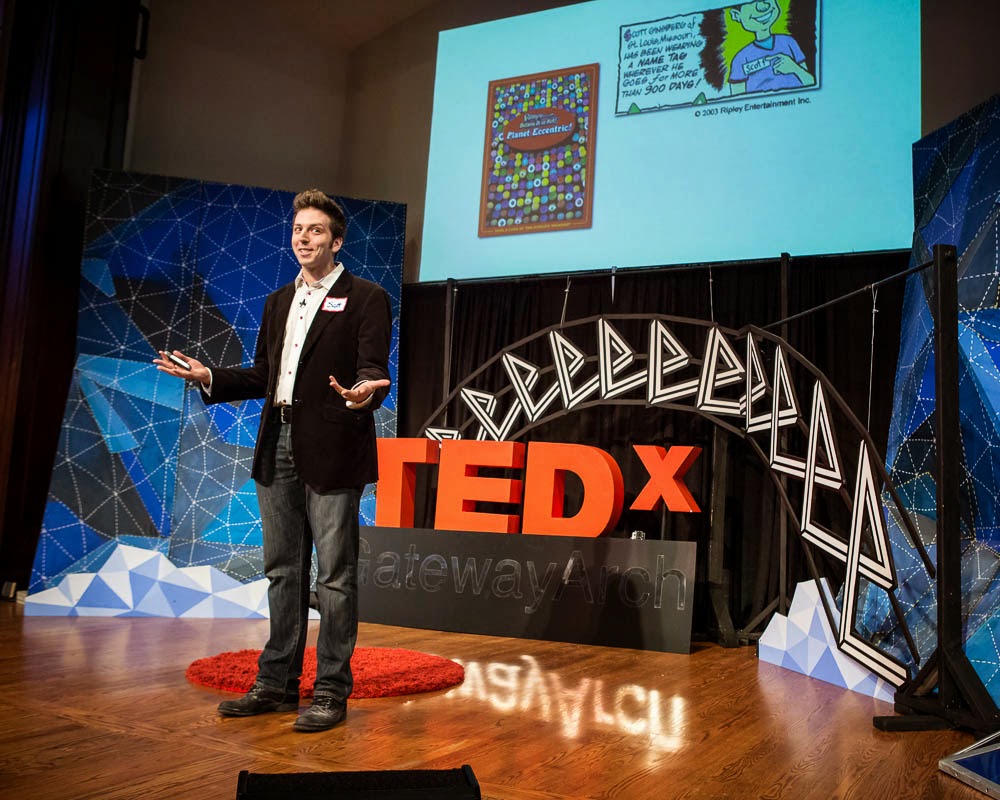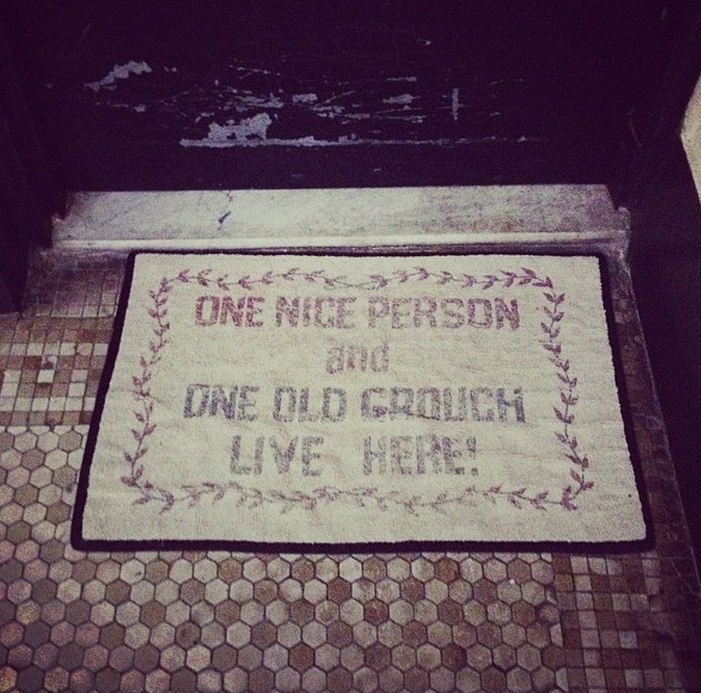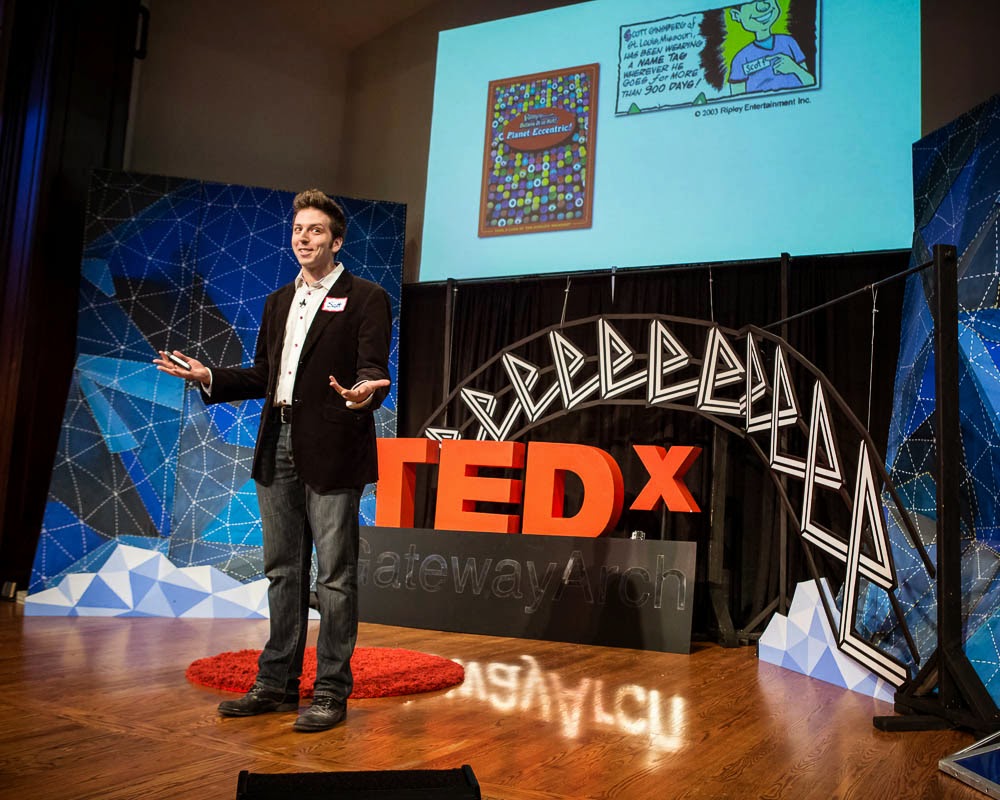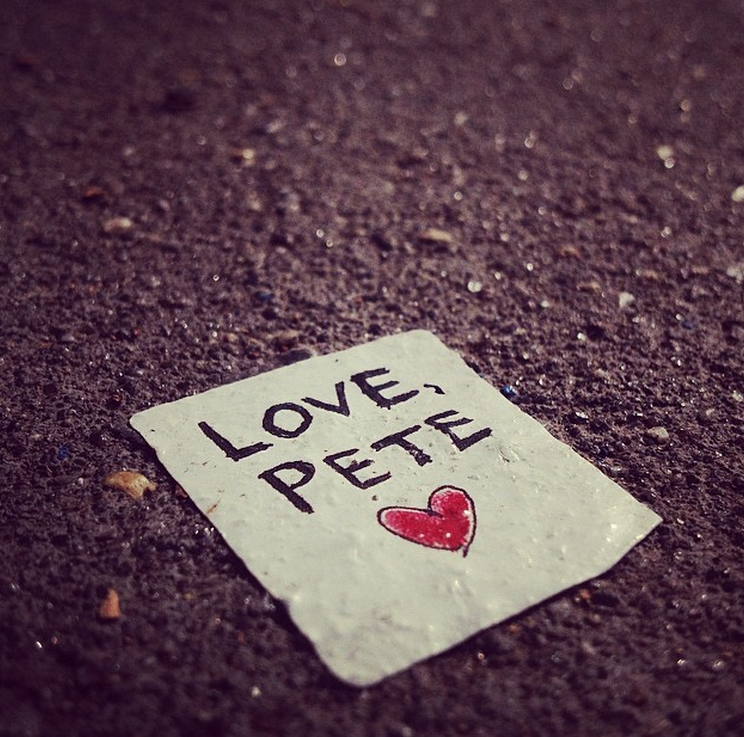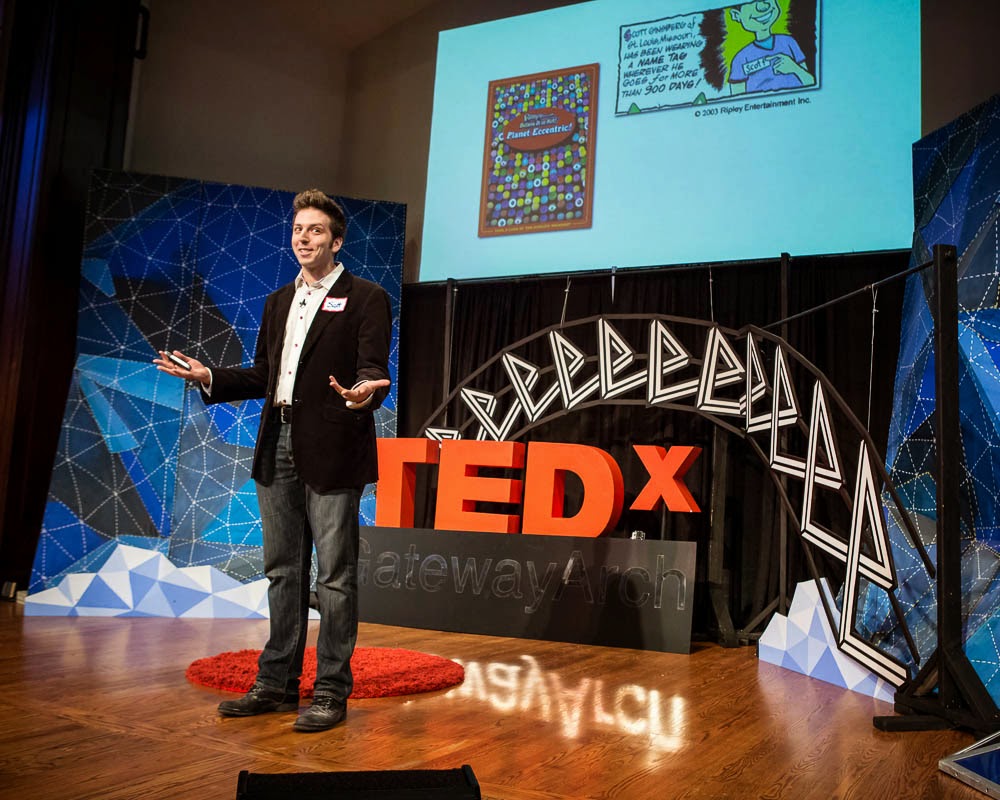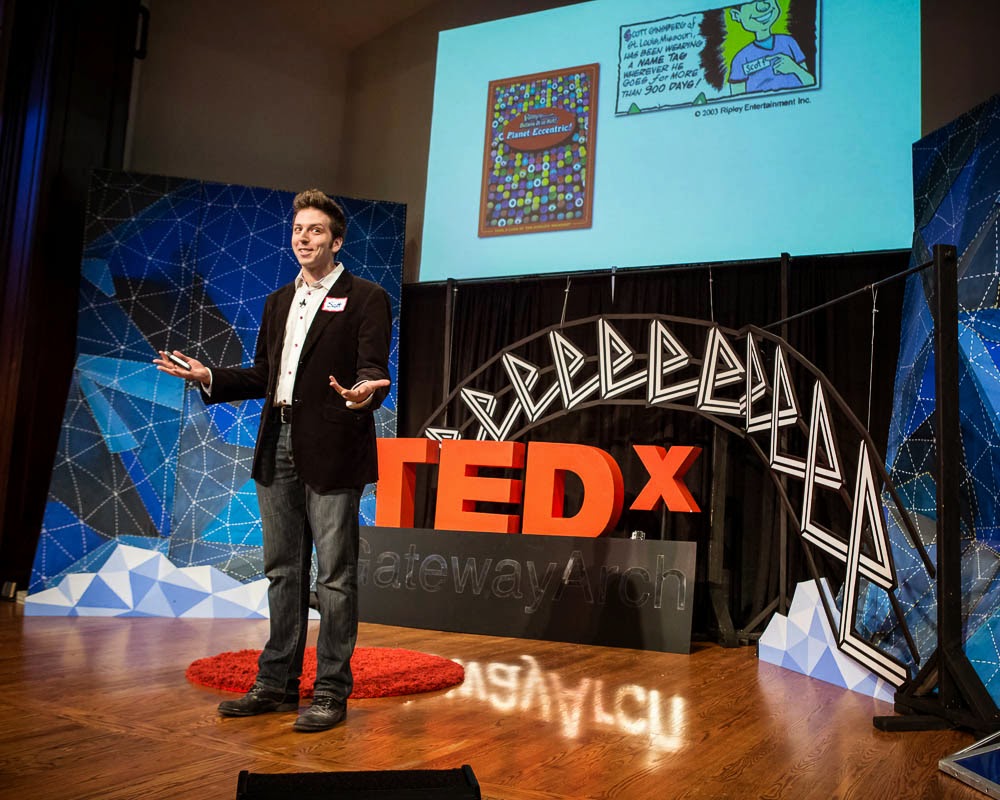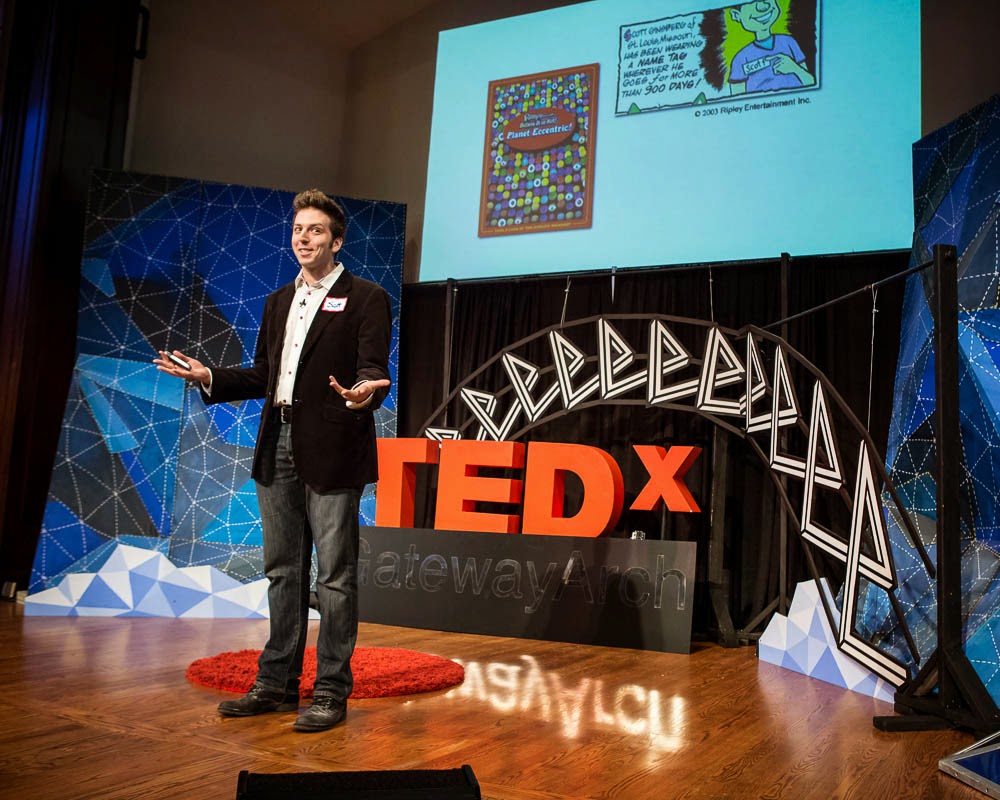
All creativity begins with the moment of conception.
That little piece of kindling that gets the fire going. That initial source of inspiration that takes on a life of its own. That single note from which the entire symphony grows. That single spark of life that signals an idea’s movement value, almost screaming to us, something wants to be built here.
And so, in this new blog series, I’m going to be deconstructing my favorite moments of conception from popular movies. Each post will contain a video clip from a different film, along with a series of lessons we can learn from the characters.
Today’s clip comes from the makeup scene scene in Thriller:
What can we learn?
A true artist doesn’t need permission to work. Baker learned the art of makeup through trial and error. He wasn’t taught to make monster molds through a particular school of thought. He just did a lot of it, played with it, had fun with it and figured out what worked and what didn’t. He did research at libraries and read books about makeup. He created artificial body parts in his own kitchen. And he made up all the friends in the neighborhood with ghastly third degree burns and gashes and wounds. Baker even jokingly admitted, he wasn’t allowed in a lot of houses when he was a kid. But despite the union calling him the worst thing to ever happen to the art of makeup, he still won oscars, influenced a generation of artists and changed the industry forever. He became the most respected, admired and sought after special effects artist in the world, all because never waited for permission. Baker just started producing. And in a culture that often makes it difficult for creativity to express itself properly, that’s an achievement worth celebrating. What parts of your life are you not giving yourself permission to live creatively?
Find what inspires the inspired. Thriller released this hour long documentary in tandem with the infamous music video. Providing candid glimpses behind the scenes of the production, the film became one of the top selling home video release of all time. More importantly, this documentary was the first image that legitimately haunted me as a child. Anytime it came on, I would literally cower underneath my family’s beige coffee table and cry and wail until the wolf was gone from the screen. Sound traumatic? Actually, I loved every minute of it. Thriller captured my imagination and inspired my creativity. It turned me into a person who lived to be startled, to have my eyes opened in unexpected ways. When I think back to the cultural and artistic influences that helped me become who I am today, this movie always tops the list. And not just because it was scary, but because you could crawl inside the heads of the creators and discover what made it scary. Because to me, artist statements are more interesting than art itself. That’s what inspires me. That’s what gives me permission to try something new. Yes, I pay attention to the work, but I what I obsess over is the thinking behind the work. Are you studying the inner landscape of artists you admire?
Imposing your vision on the world. Jackson had already released five records, achieving stardom as a child singer. But for this new album, he didn’t want to make another music video, he wanted to create an elaborate work of art that would become a cultural stimulant. Landis enthusiastically agreed, bolstering that vision with generous machinery, resources and infrastructure. And they were able to create the most culturally, historically and aesthetically influential pop music video of all time. Thriller didn’t just drive album sales and pave a new path for the recording and music video industries, it also helped create the video rental business. Due to its massive popularity, fans wanted to watch the video in their home, so video rental chains started popping up to lend copies of the tape for a small price. That’s the leverage potential of an artist vision. Jackson didn’t know what he wanted to create, but he knew why he wanted to create it. And so, he sought out to create his own iconography in accordance with his unseen but tangible vision, and he ended up changing the world. What is the most important thing you can do to bring your activities in line with your values and vision?
What did you learn?
* * * *
Scott Ginsberg
That Guy with the Nametag
Author. Speaker. Strategist. Filmmaker. Publisher. Songwriter.
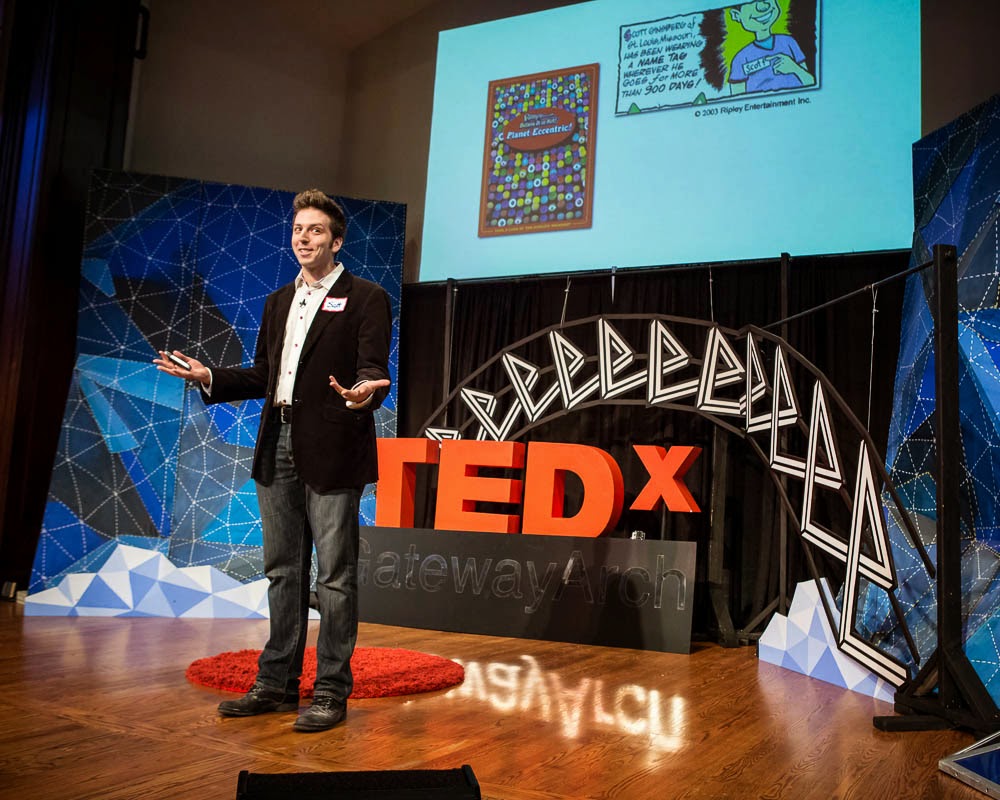
Never the same speech twice. Customized for your audience. Impossible to walk away uninspired.
Now booking for 2014-2015.
Email to inquire about fees and availability. Watch clips of The Nametag Guy in action here!

